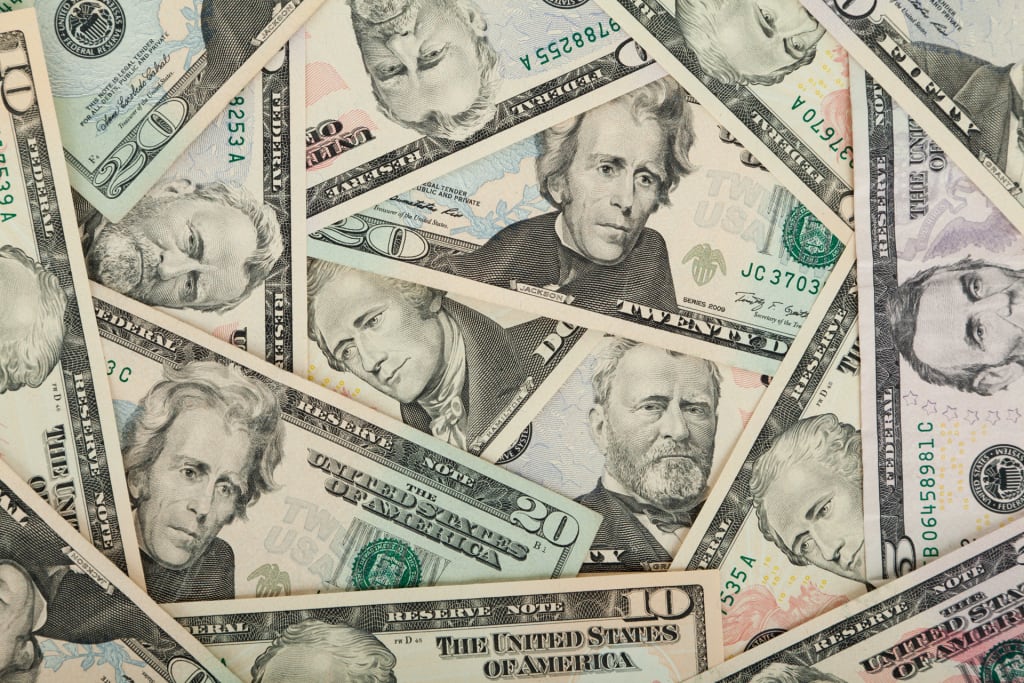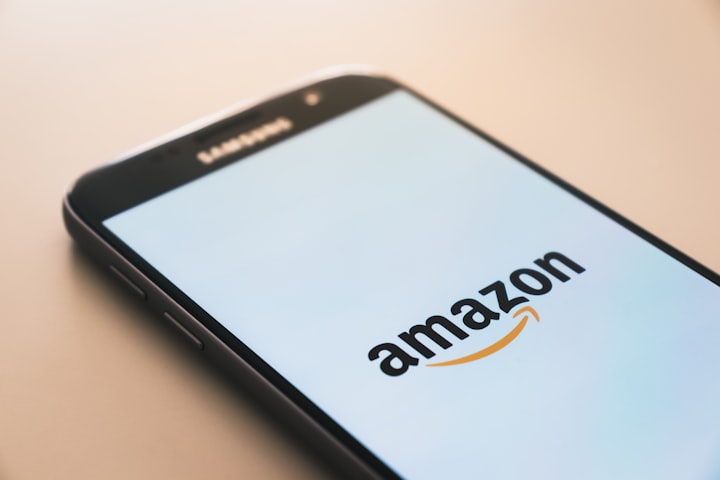How to Build a Portfolio on $8.50 an Hour
A Restaurant Worker's Guide to Investing

I'm currently writing a book on money-making apps. While I was researching the apps for respectable gambling (AKA investing), I talked to the Indiana Secretary of State’s office for a brief description of what exactly these apps do. Basically, they engage in a somewhat risky form of investment called mutual funds. Mutual funds are the top investment funds for most Americans, and they give us cheap, easy access to stocks, bonds, and other types of assets. They add up much faster than a traditional bank account, and the Indiana Secretary of State recommends a booklet called Mutual Funds and ETFs: Maybe All You’ll Ever Need.
A brief summary of the book—mutual funds combine the money of many investors and start as low as $250—don’t panic, I’ve found lower than that, but bear with me. A fund can invest in dozens or hundreds of securities that most investors can’t afford to buy on their own. A mutual fund can be one of three funds: index funds, actively managed funds, and exchange-traded funds, or ETFs.
ETFs are a cross between index funds, which aim to match the market, and stocks. ETFs trade just like a stock, but like index funds hold “baskets of securities that follow indexes.” The minimum investment is typically much lower than it is for an index fund or an actively managed fund. ETFs typically invest in money-market funds, stock funds, and bond funds. Money-market funds are low risk funds used to keep cash on hand and earn some interest. Stock funds typically invest in one type of stock. Bond funds are basically an investment in U.S government bonds, corporate bonds, and municipal bonds, which are exempt from federal income taxes. High-yield corporate bonds are also popular, but are issued by companies with low credit ratings and a higher risk of default—the plus side is this means the potential for higher yields. It’s like food—the worse it is, the fatter the result.
The apps I mention here are basically ETFs that allow you to invest very little—I actually managed to get Stash and Clink to give me $5 to invest—and invest at your own pace. There are fees per month, but they are minimal. You can also choose what profile you want to invest in.
- Stash. Stash gives you a $5 sign-up bonus, so you don’t need any money to start investing in ETFs based on your risk profile and what causes you believe in. For example, I have a conservative risk profile and the Do the Right Thing ETF. You can then link Stash to your bank account and have automatic investments over a period of time—every week, every two weeks, or every month. There is a $1 per month management fee. You get $5 for each friend you refer up to $250, and you can invite friends via your phone’s contact list, Facebook, or Twitter.
- Clink. Initially designed for Millennials, this easy-to-use app gives you a $5 sign-up bonus. You can also link it to your bank account to deposit money automatically, starting with $1 daily and going up to $500 monthly. You can choose your own portfolio, ranging from very conservative to very aggressive. I chose balanced. You get $5 for each friend you refer, and your friend gets $5 as well. You can invite friends via SMS, e-mail or Messenger. You can also link your credit card to round up certain purchases to the nearest dollar.
- Acorns. Sometimes a child hears something that stays with them forever. When I was four, my neighbor said “Pennies add up to dimes, and dimes add up to dollars.” Acorns operates along this philosophy—when you make a purchase with a linked debit or credit card, it rounds up the money paid to the next dollar. When you reach a certain threshold, it invests the money. So you can build up a sizeable account with minimal fuss with a speed that puts Mario Andretti to shame. Nobel Prize in Economics laureate Dr. Harry Markowitzs helped design this app. You get a $5 registration bonus. You also get $5 for every friend you refer up to $100. Here is my invite code. You can also automatically invest each month, but I build a decent sized fund without doing so.
- Robinhood. Investing for the rest of us! This allows you to buy stock without paying a broker’s fee. Remember, “Pennies add up to dimes, and dimes add up to dollars.” Why do I love this app? Because you can also earn free stock by referring friends to the app—here is my code. You have a 1 in 200 chance of getting Facebook, Apple, or Microsoft, and a 1 in 90 chance of getting Ford, Snap, or AMD. Hot tips? Subscribe to Morningstar.com and go to your library to borrow books on investing.
- Vestly. Okay, so you don’t really buy and sell stock in real life on this app, but your virtual stock can net you up to $3,000 if you place in the top 100 portfolios. Basically you buy and sell up to ten different stocks and compete with several tens of thousands of other people to have the best portfolio of the month. This is a good way to get your proverbial feet wet before investing for real. You also earn tickets for different tasks, which at the end of the year are entered into a sweepstakes. I frequently finish in the top 20 percent.
- WiseBanyan. Good news: there is frequently a $20 sign-up bonus. Bad news: it’s only if you use someone else’s referral code and only if you leave it installed for six months. Here is my code. You can choose how much you want to deposit each month, and you can prevent it from drawing money if it would take your bank account balance below a certain level. You can also invest in marijuana stocks.
- Stockpile. Can’t afford a full stock? Stockpile is your app. Stockpile allows you to invest in shares of a share of stock. There’s a 99 cent per trade fee, but you can invest a little at a time and slowly build up a portfolio—I currently own shares in Disney, Nintendo, and Kroger. You can give a friend $5 worth of stock by sending them an e-mail with a link in it, or you can send gift cards. I like to trade my Amazon gift cards for Stockpile gift cards. This is a perfect app for those of us who invest sporadically.
I'm a restaurant worker who makes $8.50 an hour with few benefits—no 401k here. Over the past year I've built up a portfolio worth more than $400 using these apps. When I started, I didn't know beta from bear market, and I had little money. In other words, if I can do it, so can you.
Download these apps (be sure to use my code if you do) and take your first steps toward financial freedom today!







Comments
There are no comments for this story
Be the first to respond and start the conversation.